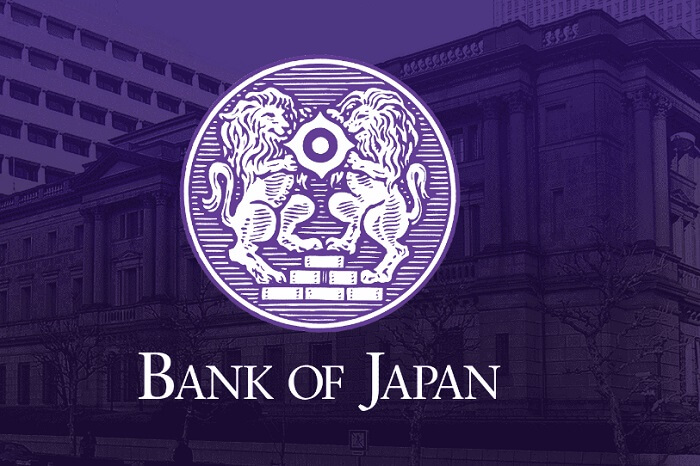Let's talk about Treasury bonds, an attractive but complicated topic in the
financial world. Although this topic may be a bit complex, I will try to explain
it to you in a simple and understandable way. In the past 25 years, the ratio of
the US Treasury bond to gross domestic product (GDP) has been soaring, almost
more than 12%. The UK, the euro area, and China are also increasing national
government debt at a seemingly incredible rate. The most exaggerated is Japan,
whose treasury bond accounts for 26% of GDP, which is unique in the world. What
is the concept of this number? Simply put, Japan needs to spend 2.6 years of its
entire national income to repay its government debt. If calculated based on the
2022 fiscal revenue of the Japanese government, even if the government does not
eat, drink, or spend a penny, it will take 18 years to repay these debts. So are
the governments of these countries crazy? Why do they borrow heavily, and what
is the logic behind it? Will the United States default? Why do economists have
different opinions? The more the government borrows, the better. How much is
more?

Firstly, every government in a country has a need to make money and spend
money. Over the past thirty years, 95% of the US government's revenue comes from
taxation, while expenditures include public utilities, defense, military, and
infrastructure, with most of the time spending exceeding income. This has led to
a sustained fiscal deficit, and the government needs to fill this funding gap by
issuing treasury bonds. Take a look at the financial situation of China, Japan,
the UK, and the eurozone, all of which have been in deficit. Looking at this
financial data alone, if it is an individual, it may be considered a loser. But
for countries, the situation is different.
The US government has experienced multiple controversies over the debt
ceiling, mainly to control government spending from being excessive. In fact,
this ceiling is symbolic, and Congress raises it annually, on average once a
year. Once the debt reaches the limit, Congress will urgently vote, giving both
parties an opportunity to argue. Currently, the Democratic Party is in power,
but the majority of the House of Representatives is Republican, so the two
parties need to negotiate fiscal spending. The fiscal mechanism in the United
States is a bit complex, often involving large-scale government stimulus to the
economy, but at other times it is not talked about. Although the setting of the
debt ceiling may seem reasonable, in fact, it has been raised 42 times since
1981, on average once a year. The US government has also predicted that a debt
default that lasts for several weeks will lead to a 45% drop in the US stock
market, with over 8 million people unemployed and serious consequences. So the
debt ceiling mainly provides an opportunity for bipartisan debate.
Except for the United States, few countries adopt this debt ceiling
mechanism. Except for the United States and Denmark, almost no country has
restricted the issuance of its own Treasury bond due to the debt ceiling. Over
the past fifty years, global government debt has been continuously increasing.
So why do they borrow so much? What are their thoughts? Does this make them
unhappy?
Firstly, we need to understand the different logic between government
borrowing and our borrowing. The government borrows money to stimulate the
economy, especially in times of economic recession, where the government needs
to borrow money to increase overall social demand and help the economy overcome
difficulties. This is an important theory in modern economics, where governments
need to borrow heavily and spend money to stimulate the economy during economic
crises or recessions. That's why whenever a crisis comes, the government starts
spending money to stimulate the economy, such as during the 2008 subprime
mortgage crisis, the 2020 pandemic, and the 1998 financial crisis in Japan.
However, an increase in debt does not necessarily directly lead to economic
growth, as Japan has been borrowing continuously for the past three decades, but
GDP growth has been relatively slow.
Recently, a new economic theory has emerged called the Modern Monetary Theory
(MMT), which believes that the government should boldly borrow money because the
government's credit is essentially money. As long as there is no inflation, the
government should continue to borrow and spend money, which is most beneficial
for the economy. Although this theory has not yet been widely accepted by
mainstream economics, it has received much attention in recent years.
However, the government cannot borrow money without restrictions, as it needs
to consider inflation and market reactions. The government has a special ability
to print money. Although the government cannot print money directly, it can
indirectly increase the money supply through the central bank's purchase of
Treasury bonds, which is called quantitative easing. This means that the
government can actually avoid the risk of debt default by printing money, which
is why the external debt problem has become more complex. The government can
respond to crises by printing money, while other countries need to solve
problems by borrowing.
Treasury bonds are different from personal debt for the government. The
government has greater flexibility to borrow and spend money. The issue of
external debt is relatively more complex, and external investment may amplify
economic fluctuations, while the government can avoid the risk of debt default
by printing money. Therefore, the United States does have unique characteristics
in this regard, as it does not need to consider domestic and foreign debt
issues. At the same time, the interest rate is also a key factor affecting
government debt. The price of a Treasury bond determines the risk-free interest
rate, which affects the entire financial market. So, the logic and limitations
of government borrowing are not just about money and debt ceilings, but rather
more complex economic mechanisms.
Disclaimer: This material is for general information purposes only and is not intended as (and should not be considered to be) financial, investment or other advice on which reliance should be placed. No opinion given in the material constitutes a recommendation by EBC or the author that any particular investment, security, transaction or investment strategy is suitable for any specific person.



























